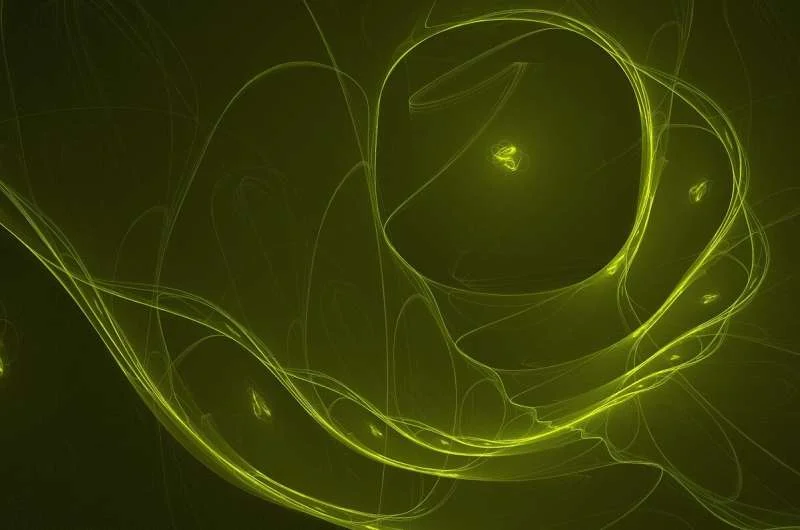A new dark matter theory explains two mysteries in astrophysics
- December 8, 2023
- 0
Dark matter is believed to make up 85% of the matter in the universe, is non-luminous, and its nature is poorly understood. Normal matter absorbs, reflects and emits
Dark matter is believed to make up 85% of the matter in the universe, is non-luminous, and its nature is poorly understood. Normal matter absorbs, reflects and emits

Dark matter is believed to make up 85% of the matter in the universe, is non-luminous, and its nature is poorly understood. Normal matter absorbs, reflects and emits light, but dark matter cannot be seen directly, making it difficult to detect. Called self-interacting dark matter, or SIDM, the theory proposes that dark matter particles interact through the dark force, colliding intensely with each other near the center of the galaxy.
In the published study Astrophysics Journal LettersA research team led by Hai-Bo Yu, professor of physics and astronomy at UC Riverside, reported that SIDM can simultaneously explain two astrophysical puzzles at opposite ends.
“The first is a high-density dark matter halo in a massive elliptical galaxy,” Yu said. Second, the dark matter halos of extremely diffuse galaxies have an extremely low density and are difficult to explain by cold dark matter theory.”
A dark matter halo is a halo of invisible matter that permeates and surrounds a galaxy or galaxy cluster. Gravitational lensing occurs when light from distant galaxies in the universe is bent around massive objects. The Cold Dark Matter or CDM paradigm/theory assumes that dark matter particles are collisionless. As the name suggests, hyperdiffuse galaxies have extremely low luminosity and the distribution of their stars and gas is diffuse.
Ethan Nadler, a joint postdoctoral researcher at Carnegie Observatory and the University of Southern California, and Daneng Yang, a postdoctoral researcher at UCR, also participated in Yu’s research.
To demonstrate that SIDM can explain two astrophysical puzzles, the team performed the first high-resolution simulations of cosmic structure formation by strongly self-interacting dark matter at relevant mass scales for strongly lensing halos and ultradiffuse galaxies.
“These self-interactions lead to the transfer of heat to the halo, which changes the density of the haloes in the central regions of the galaxies,” Nadler said. “In other words, some halos have a higher central density while others have a lower central density compared to their CDM counterparts; the details depend on the cosmic evolutionary history and environment of individual halos.”
According to the team, two conundrums pose a major challenge to the standard CDM paradigm.
“CDM’s job is to explain these puzzles,” Yang said. “Perhaps SIDM is a convincing candidate for reconciling the two opposing extremes. There is no other explanation in the literature. There is now the intriguing possibility that dark matter may be more complex and luminous than we expected.”
The study also demonstrates the power of investigating dark matter through astrophysical observations using a computer simulation tool for cosmic structure formation.
“We hope our work will stimulate further research in this promising field of research,” said Yu. “This is especially timely given the expected influx of data from astronomical observatories, including the James Webb Space Telescope and the Space Telescope, in the near future.” event. Upcoming Rubin Observatory.”
Since about 2009, the work of Yu and colleagues has helped popularize SIDM in the particle physics and astrophysics communities.
Source: Port Altele
As an experienced journalist and author, Mary has been reporting on the latest news and trends for over 5 years. With a passion for uncovering the stories behind the headlines, Mary has earned a reputation as a trusted voice in the world of journalism. Her writing style is insightful, engaging and thought-provoking, as she takes a deep dive into the most pressing issues of our time.